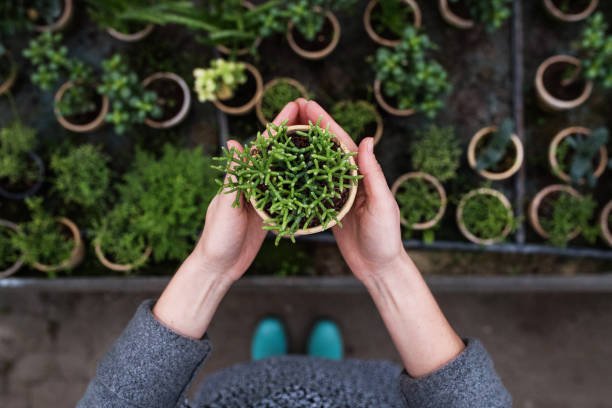Biodiversity in plants and reproduction Grade 11 Notes: Biodiversity refers to the variety of life on Earth, including all species of plants, animals, and microorganisms. In plants, biodiversity is important for a number of reasons, including:
- Ecosystem stability: Biodiversity helps maintain the stability and health of ecosystems by providing a range of ecosystem services, such as pollination, nutrient cycling, and pest control.
- Genetic diversity: Genetic diversity is essential for the long-term survival of plant species. It allows plants to adapt to changing environmental conditions, such as climate change or disease outbreaks.
- Food security: Plant biodiversity is essential for food security, as it provides a range of crops and wild foods that are important sources of nutrition for humans and animals.
- Medicine: Many plants have medicinal properties and are used to treat a range of diseases and illnesses.
Biodiversity in plants and reproduction Grade 11 Notes
Plant Reproduction:
Plant reproduction is the process by which plants produce offspring. There are two main types of plant reproduction: sexual reproduction and asexual reproduction.
Sexual reproduction involves the production of seeds through the fertilization of an egg cell by a sperm cell. This process involves the transfer of pollen from the male reproductive structure (the stamen) to the female reproductive structure (the pistil). The pollen contains the sperm cells, which fertilize the egg cells to form seeds.
Asexual reproduction involves the production of offspring without the use of seeds or the fertilization of egg cells. Asexual reproduction can occur in a number of ways, including through the production of plantlets or the regeneration of new plants from cuttings or fragments of the parent plant.
Both sexual and asexual reproduction are important for plant biodiversity, as they allow plants to produce offspring and adapt to changing environmental conditions.
Video: Biodiversity in Plants
Key Terminologies in Plant and Reproduction for Grade 11
- Biodiversity: The variety of life on Earth, including different species of plants, animals, fungi, and microorganisms, and the ecosystems in which they live.
- Reproduction: The process by which organisms produce offspring, either sexually or asexually.
- Pollination: The transfer of pollen from the male reproductive organs of a plant to the female reproductive organs of the same or a different plant, resulting in fertilization and the production of seeds.
- Fertilization: The process by which sperm from the male reproductive organs of a plant combine with eggs from the female reproductive organs, resulting in the formation of a zygote.
- Seed dispersal: The process by which seeds are spread from the parent plant to new locations, often through the action of wind, water, animals, or other agents.
- Seed germination: The process by which a seed begins to grow and develop into a new plant.
- Vegetative reproduction: A form of asexual reproduction in which new plants are produced from existing vegetative structures, such as stems, leaves, or roots.
- Cloning: The process of producing genetically identical copies of a plant through asexual reproduction.
- Hybridization: The breeding of two different species or varieties of plants to create a new hybrid with desirable traits from both parent plants.
- Genetic diversity: The variety of genetic material within a population or species, which allows for adaptation and evolution over time.
- Adaptation: A process by which organisms evolve to better suit their environment, such as changes in physical or behavioral traits that help them survive and reproduce.
- Ecological niche: The specific role and position of a species within its ecosystem, including its interactions with other species and the physical and biological environment.
- Endemic: A species that is native or restricted to a particular geographic region, and is not found naturally anywhere else.
- Keystone species: A species that has a disproportionate impact on the structure and function of its ecosystem, and whose loss could have significant consequences for other species in the community.
- Habitat destruction: The process by which natural habitats are altered or destroyed, often as a result of human activities, which can lead to a loss of biodiversity.
- Overexploitation: The unsustainable use of natural resources, such as hunting, fishing, or logging, that can lead to declines in biodiversity and ecosystem health.
- Threatened species: A species that is at risk of becoming endangered or extinct, often due to factors such as habitat loss, overexploitation, or climate change.
- Conservation: The preservation and management of natural resources and ecosystems, with the goal of protecting biodiversity and maintaining ecological balance.
- Restoration: The process of returning damaged or degraded ecosystems to a more natural or functional state, often through the reintroduction of native species or the removal of invasive species.
- Ecosystem services: The benefits that humans derive from natural ecosystems, such as food, water, clean air, and recreational opportunities, which are essential for human well-being and economic development.

